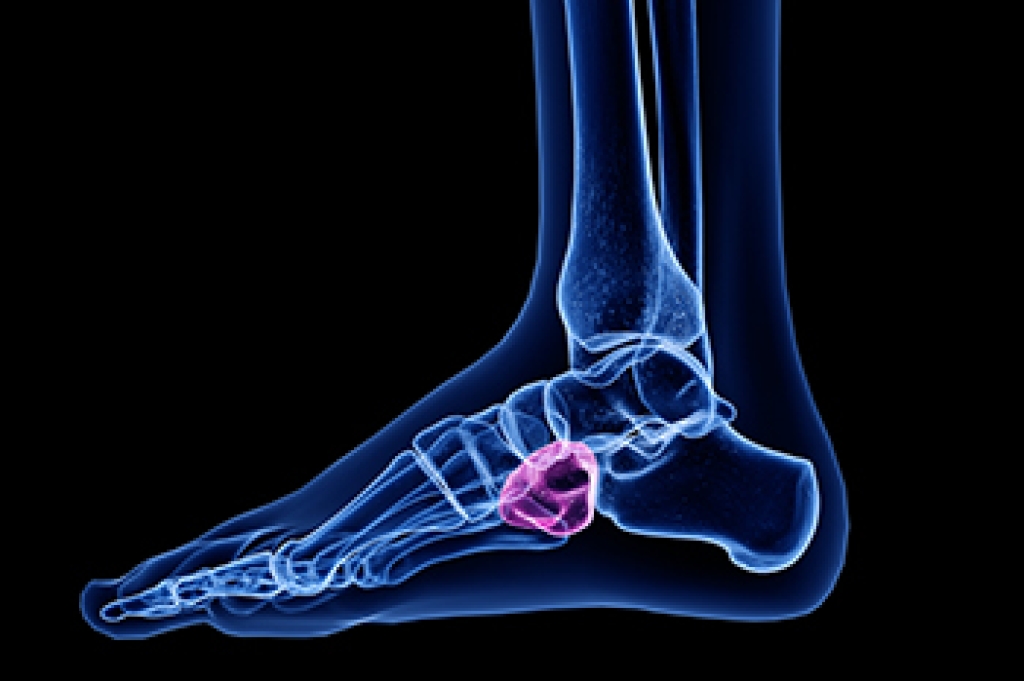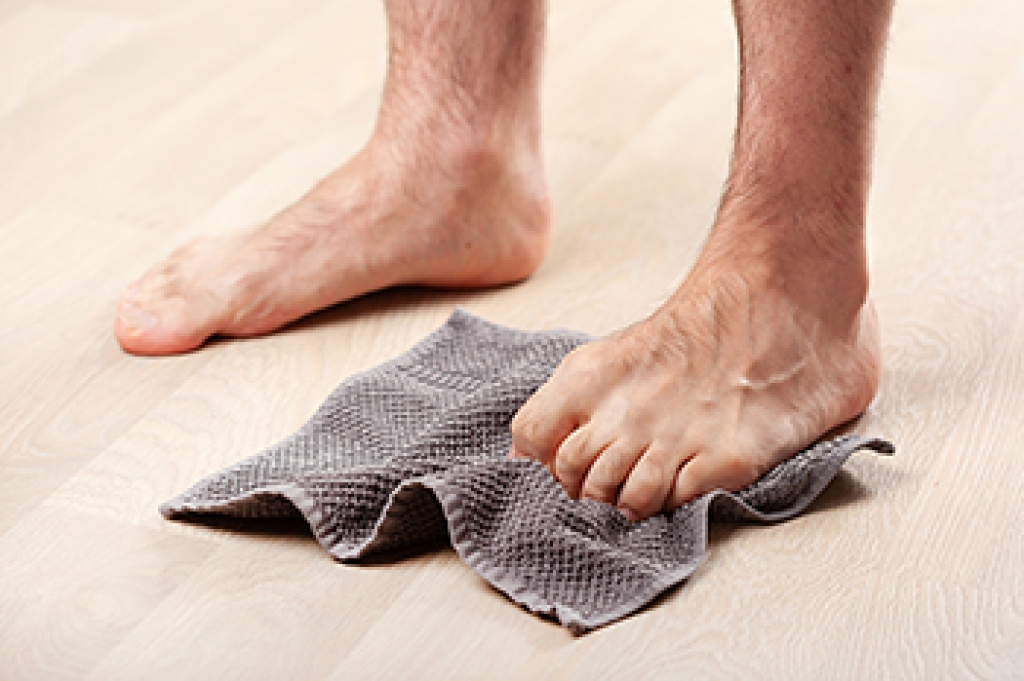
Lateral foot pain is discomfort felt along the outer side of the foot, often linked to cuboid syndrome. This condition occurs when the cuboid bone becomes partially dislocated or restricted, leading to aching, sharp pain, or difficulty bearing weight. Symptoms may include tenderness, swelling, stiffness, and pain during walking, running, or standing on tiptoe. Causes often involve repetitive stress, ankle sprains, wearing poor footwear, or sudden twisting motions. If left untreated, cuboid syndrome can limit mobility and lead to chronic discomfort. A chiropodist can diagnose the condition, realign the cuboid bone, recommend custom orthotics, and provide rehabilitation strategies. If you are experiencing persistent lateral foot pain, it is suggested that you schedule an appointment with a chiropodist for expert care.
Cuboid syndrome, also known as cuboid subluxation, occurs when the joint and ligaments surrounding the cuboid bone in the foot become injured. If you think that you may have cuboid syndrome, please consult with one of the chiropodists from The Footcare Centre. Our chiropodists will assess your condition and provide you with quality foot and ankle treatment.
Causes
The cuboid bone is one of the seven tarsal bones located in the foot. Cuboid syndrome develops when the cuboid bone moves down and out of alignment with the other bone (calcaneus bone) in the joint of the foot. Cuboid syndrome can be the result of a sudden injury like an ankle sprain, or it may develop slowly over time from repetitive tension through the bone and surrounding structures.
Symptoms
The most common symptom of cuboid syndrome is pain on the outside of the foot which may worsen with activity.
Other possible symptoms include:
- Difficulty bearing weight on the affected foot
- Swelling
- Sensitivity on the bottom of the foot
- Reduced range of motion
Diagnosis
A chiropodist can diagnose cuboid syndrome based on your medical history and a physical examination of the foot. Imaging studies, such as X-rays or MRIs, often fail to show the dislocated cuboid.
Treatment
Treatment often includes resting, icing, compressing and elevating the affected foot, taping, wearing orthotic inserts, and taking anti-inflammatory medications to reduce pain. The chiropodist may also be able to manipulate the dislocated bone back into alignment.
If you have any questions please feel free to contact our office located in Niagara Falls, ON .




